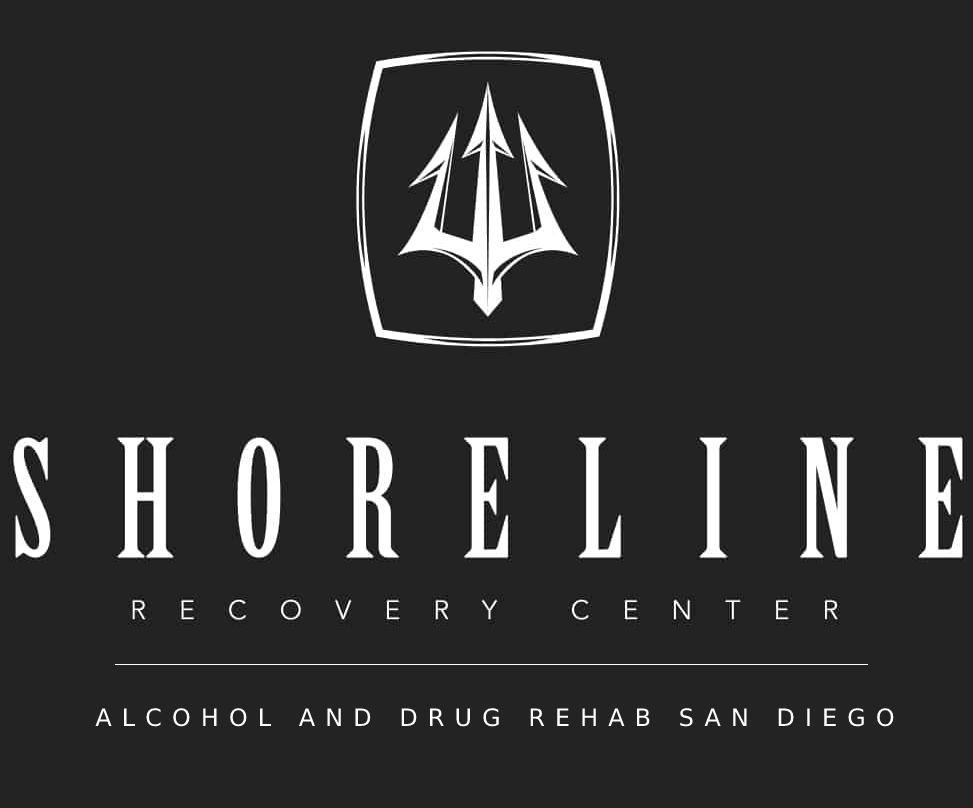Xanax (alprazolam) is a sedative-hypnotic benzodiazepine (BZD) and plays a significant role along with alcoholism and other drug addiction issues that are at large in the United States. Xanax is prescribed for the short-term treatment of panic and anxiety disorders, insomnia, and seizures. Short term benzodiazepine therapy usually lasts fewer than four months. According to American Addiction Centers, about one-third of individuals who take benzodiazepine drugs like Xanax for just six months can experience a variety of minor to severe health problems, including seizures, when suddenly attempting to quit taking the drug.
One of the reasons that benzodiazepine therapy should be limited is because of the extremely high potential for drug abuse, leading to developing a Xanax addiction. Xanax is absolutely no exception to this risk. For those struggling with addiction, it is essential to know that there are many treatment options, including outpatient rehab, available. Xanax withdrawal symptoms are dangerous and should be taken very seriously. Health professionals strongly encourage long term recovery exercises, beginning with medical detox followed by rehab and aftercare support.
Once the patient’s detox is complete and is both mentally and physically stabilized, other specialized forms of treatment will follow. Addiction programs like the ones at our San Deigo rehab will offer patients various forms of addiction therapy to get to the root of their issue. The patient will also learn skills to prevent relapse and learn to cope with urges to misuse medication, alcohol, and illicit drugs.
If you or a loved one is suffering from Xanax addiction, a professional addiction treatment facility can assist with the steps necessary to begin that tough path of recovery ahead. Xanax treatment options vary depending on the rehab center. However, there are a couple of treatments that have shown to be shared among the various treatment facility options.
Understanding the roots of their substance addiction
The initial work through of the various withdrawal symptoms
Helping to develop skills to cope with cravings and other side effects that may be suffered from in the future
Addressing and other substance abuse or mental health disorders
Acknowledging the importance of support groups and family therapy
Medical detox includes providing essential resources that are pivotal to the unpleasant and temporarily very uncomfortable withdrawal process that comes with tapering off a highly addictive substance such as Xanax. Following the abrupt withdrawal treatment, patients are encouraged to participate in some of the many different levels of specialized therapies and care. Group therapy, inpatient rehab, and outpatient rehab are the most common and frequently used methods of care.
There are many differences between inpatient and outpatient treatment programs. During outpatient treatment, patients do not reside at the center but commute to the treatment center. Outpatient treatment is either the second step after inpatient treatment or the first step for those who have less severe addictions or varying circumstances.
Inpatient rehab is typically the beginning of the treatment phases that are available to those seeking help. This form of treatment is recommended for individuals suffering from a severe Xanax addiction, or those entering a rehabilitation program for the first time.
For those who make the difficult decision to undergo Xanax rehab treatment, get to participate in therapy sessions that take place in both individual and group settings. Activities like this help patients gain the knowledge and skills that are crucial when addressing the physical and psychological dependence that the drug causes.
Outpatient rehabilitation typically includes a return to the patient’s regular daily life and activities. This is an important and helpful step in the recovery process after completing an inpatient rehab program. Outpatient rehab care options can include:
Nutritional counseling
Group Therapy
Psychiatric care for those suffering from disorders such as anxiety or depression
This step in the recovery process offers patients more independence and opportunity than inpatient treatment can offer. It provides clients with the ability to maintain their daily responsibilities, such as employment and relationships with their family and friends while attending treatment. Outpatient rehab programs are recommended for people who have a secure support system at home. Shoreline Recovery offers Family Therapy as part of our Outpatient Rehab Program, during this step, helping patients reconcile family relationships that may have been damaged for effective healing.
Those who have been suffering from a Xanax addiction for a more extended period and live in a potentially triggering environment might be benefited a little more to enroll in an inpatient program first. From there, you then transition to a sober living housing location to maintain long-term recovery.
Group therapy is one of the central parts of addiction recovery treatment programs at many facilities, including Shoreline Recovery. In group therapy, a certified counselor asks questions and leads a conversation with a group of patients. These sessions are geared towards openness and also encourages everyone to share the experiences they have had because of their addiction. Group therapy usually continues beyond treatment at a rehab center as those who are in recovery can find solidarity in group meetings and continued support even after completing their Xanax rehab programs. Many centers use one or more of the many different recreational therapies that you may be familiar with, in addition to traditional group therapy. Some of these types of treatment include:
Art Therapy
Yoga
Equine therapy
Massage therapy
After rehab, the treatment team will help to prepare a well-thought-out aftercare plan that is personalized and tailored for each patient individually. Aftercare is a plan for future sober living and helps to prevent relapse and maintain a healthy lifestyle while living in sobriety. Aftercare considered the final phase of treatment and is encouraged to be ongoing. Many people find that recovery is a lifelong process that requires one or more daily commitments.
